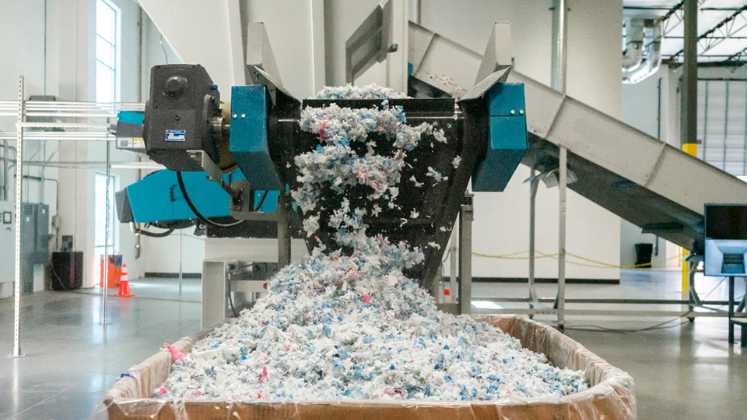
Social and environmental sustainability may be greatly impacted by a considerable movement towards greater recycling of polyester textiles, but these initiatives won’t be successful without substantial governmental reforms, says a recent Systemiq study.
The contamination due to abandoned apparel poses a serious risk and may worsen the already concerning rise in microplastics in groundwater, soil, and even rainfall. A stronger recycling ecosystem might be a component of a solution, despite the problem’s apparent enormous scope for the global textile sector.
Although there are now sophisticated recycling technologies available, the procedure is expensive, making recycled polyester 2.6 times more expensive than new. Out of the 125 million tonnes of natural and synthetic fibres used in the world’s textile industry, less than 1% come from recycled sources.
According to the Systemiq analysis, if Governments and industry can close the price difference between recycled and virgin polyester, Europe may achieve 10 times more textile-to-textile recycling of polyester by 2035. This will require new garbage sorting procedures and strict controls.
Depolymerisation, or the breakdown of a polymer into its more basic (monomeric) components, is a crucial step in the recycling of polyester. It is then possible to repurpose these “reclaimed” monomers to create new materials.
Depolymerisation can handle blended, coloured, or degraded textile waste and is appropriate for even the most difficult-to-recycle material. Overall, it is the favoured technology path for polyester chemical recycling.
By 2035, the amount of recycled polyester produced in Europe through depolymerisation might nearly tenfold, from the 30,000 tonnes predicted prior to 2028 to about 300,000 tonnes per year.
One of the report’s main conclusions is that depolymerisation is more effective than other recycling methods and produces significantly fewer emissions than the manufacture of virgin polymers.
The research emphasises the significance of an ambitious Extended Producer Responsibility (EPR) system in order to overcome these obstacles. This would compel European textile retailers to cover the costs of product collection, sorting, and recycling.
By 2028, the analysis suggests an EPR charge of about US $ 284 per tonne, which would rise to US $ 374 by 2035. This charge would increase the competitiveness of recycled polyester by paying for a significant amount of recycling expenses. Other steps, like requiring new items to use recycled materials and establishing more precise regulations for the trade in textile waste, could also be highly beneficial.
Europe would be leading the way in a competitive circular economy and lowering greenhouse gas emissions while creating jobs if these policies were put into place. Although polyester recycling is not a panacea for the problem of textile waste, it is seen to be crucial for the management of non-reusable polyester waste and will encourage the creation of alternative recycling methods.






